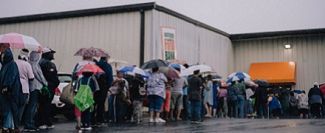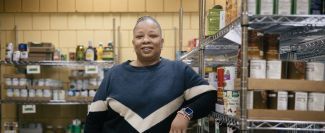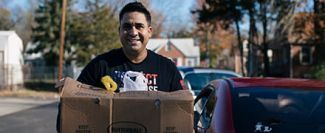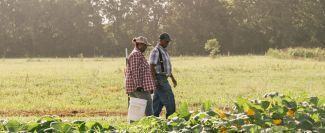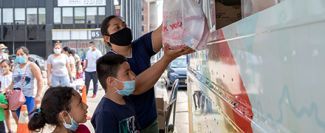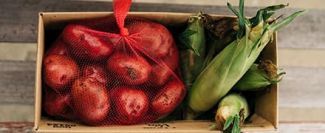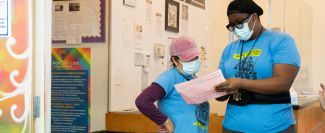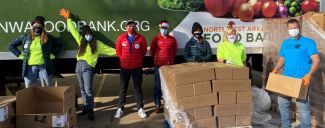Our Research
We believe that addressing the problem of hunger requires a thorough understanding of the problem. Released annually, our landmark study Map the Meal Gap looks at overall and child hunger down to the county level. New in 2022, it also includes estimates for select racial and ethnic groups.
Hunger and Health
Many individuals experiencing food insecurity are forced to make a difficult choice between food and medical care in order to stretch the monthly budget. For people who have the additional burden of living with diabetes, these tradeoffs can be particularly harmful as one works to manage their disease.
In partnership with subject matter experts, practitioners, and academic associates, Feeding America conducts national evaluation studies on effective interventions to reduce food insecurity. Here we share robust data and evidence that informs the work done by network members and other key stakeholders.


